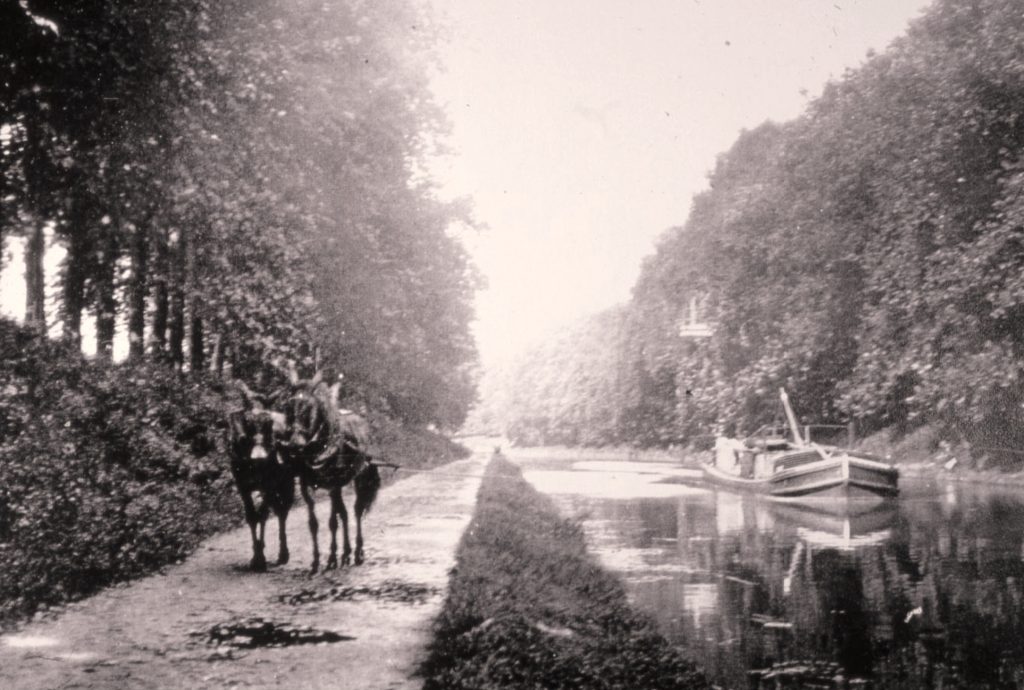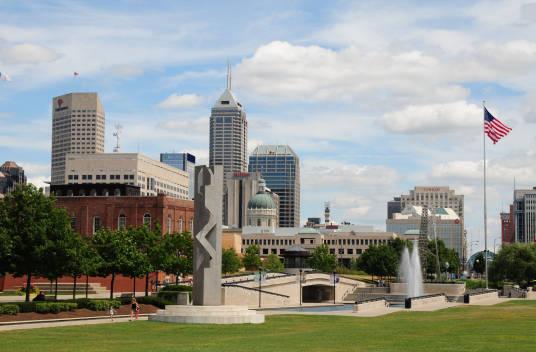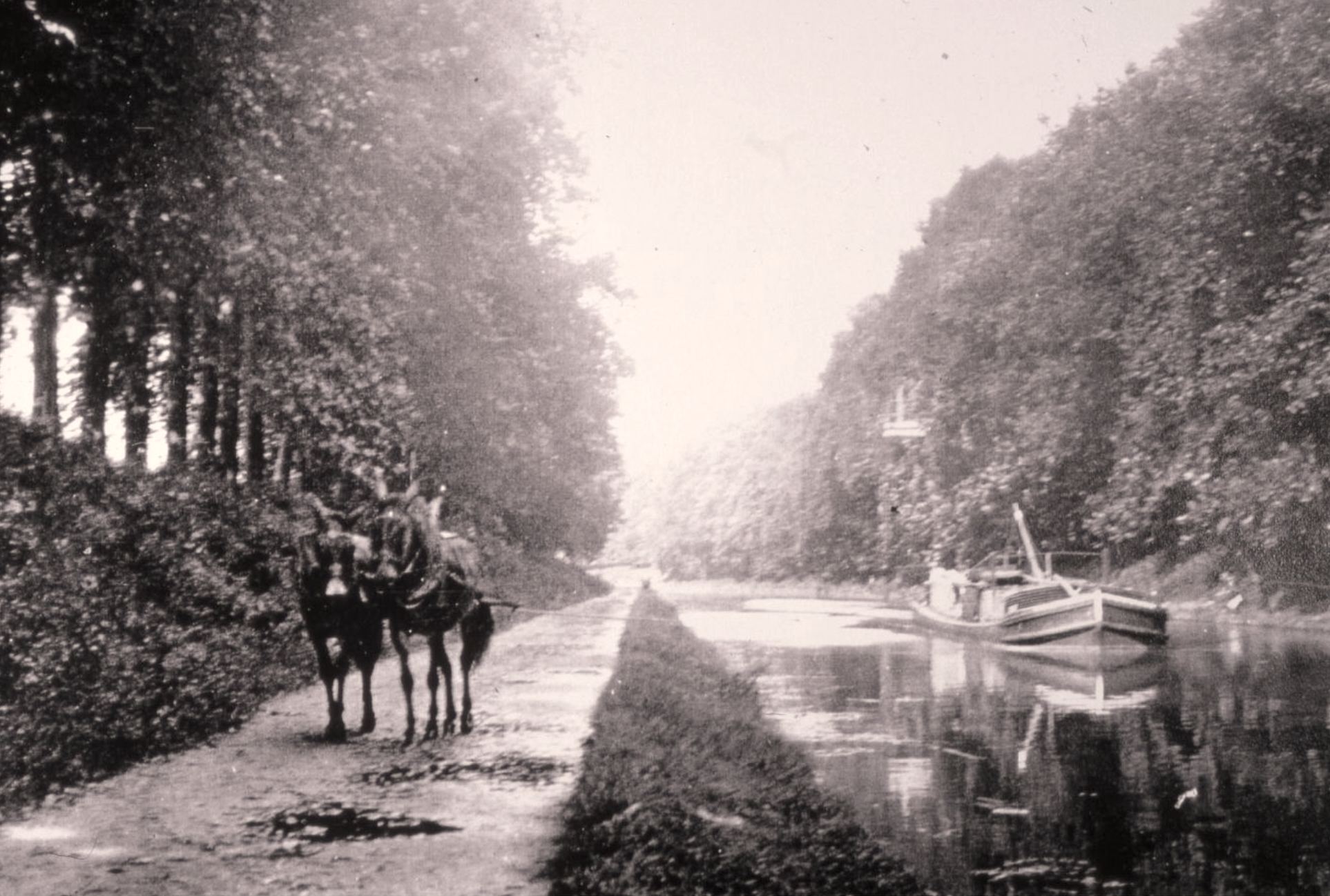The Indianapolis Cultural Development Commission selected the Canal and White River State Park area as one of Indianapolis’s due to its deep-rooted history and numerous cultural institutions in 2004.

Central Canal
Construction of the canal started in 1836 with the passage of the Mammoth Internal Improvement Act. This act allotted funds to build a 296-mile central canal from Peru, Indiana, to Evansville, Indiana, cutting through Indianapolis and serving as a primary source of transportation for both freight and passengers across the state. Due to mismanagement of funds and subsequent bankruptcy, only an 8-mile section of the canal from to downtown Indianapolis reached completion.

The state sold the Central Canal to private parties as part of a debt retirement program. In 1871 after exchanging hands multiple times, the Water Works Company of Indianapolis gained possession of the canal to power water turbines. In 1881 the purchased remaining segments of the canal to provide water for purification and distribution. Other companies used the canal for power, ice, and even recreation.
In the 1970s, the lower portion of the canal located south of 16th Street was deeded to the city, which later began construction to rebuild it. By 1996, the canal had been extended into , creating a recreational, residential, and commercial area.
White River State Park
Prior to the 1980s, the area that is now White River State Park was an industrial center that by the 1960s and 1970s had mostly been abandoned. In 1979, creation of the White River State Park Development Commission jumpstarted transformation of this area along the into a new state park. The commission released a master plan for the park in 1981, which proposed the development of several cultural attractions, including the transformation of the White River and Central Canal into recreational spaces. By the 2000s, the surrounding land took shape as a recreational greenspace complete with an outdoor amphitheater.

Cultural District
Together the Central Canal and White River State Park make up one of the city’s six cultural districts. The 250-acre park and 3-mile Canal Walk between 10th and Washington streets provide a site for both learning and recreation. Attractions include the , , , White River Botanical Gardens, , , IMAX Theatre, , White River State Park Lawn and TCU Amphitheatre, , , the Congressional Medal of Honor Memorial, and the .

Help improve this entry
Contribute information, offer corrections, suggest images.
You can also recommend new entries related to this topic.
